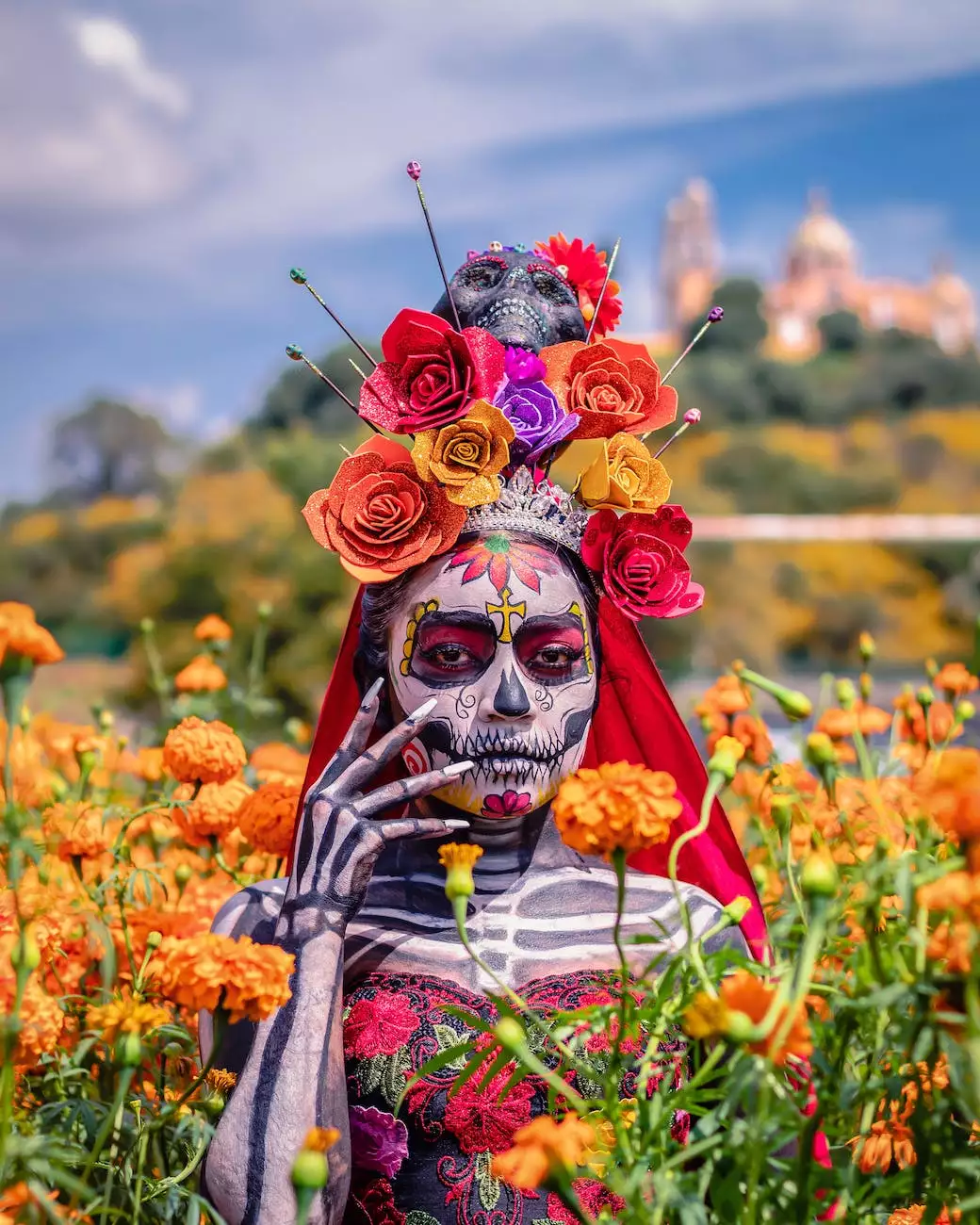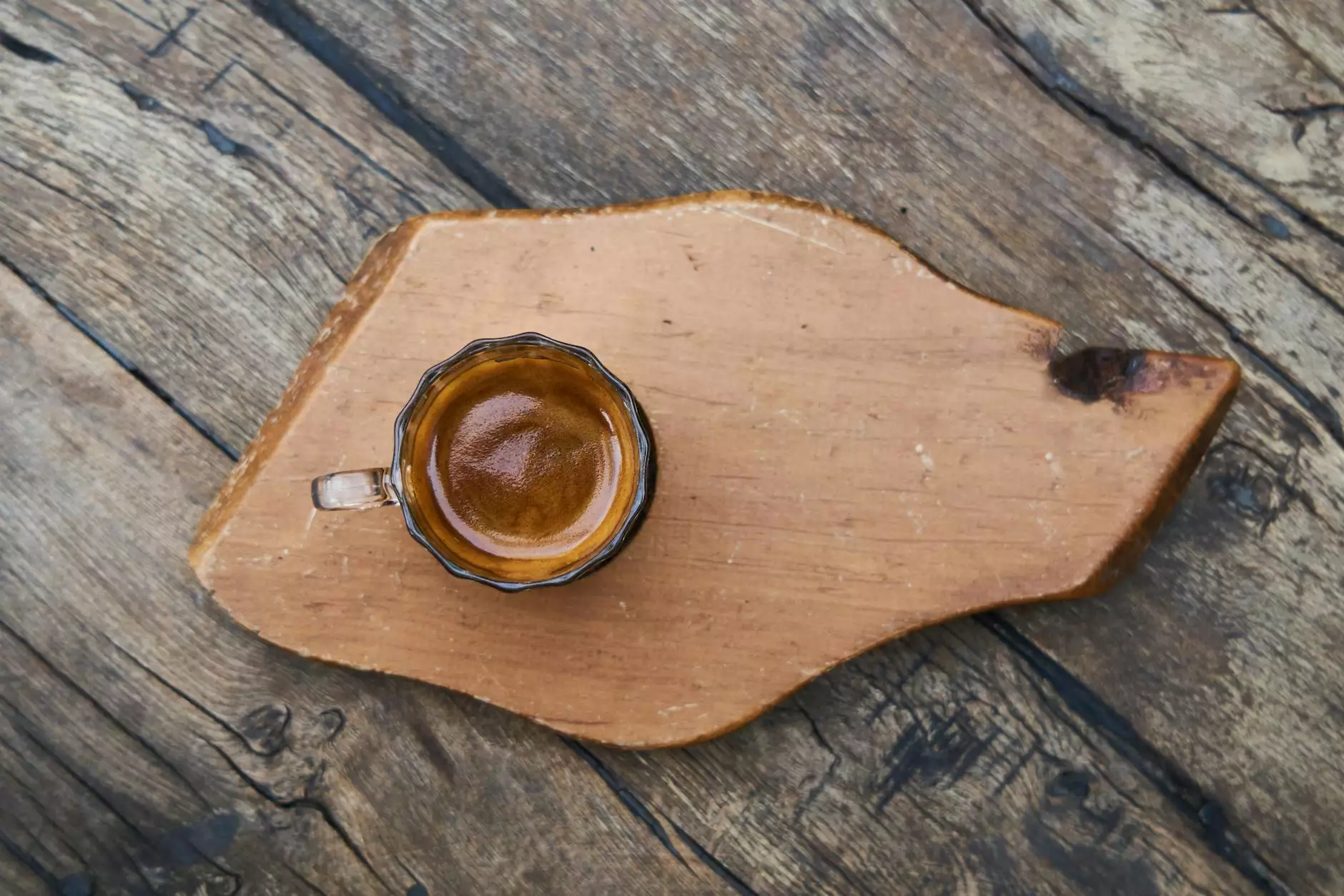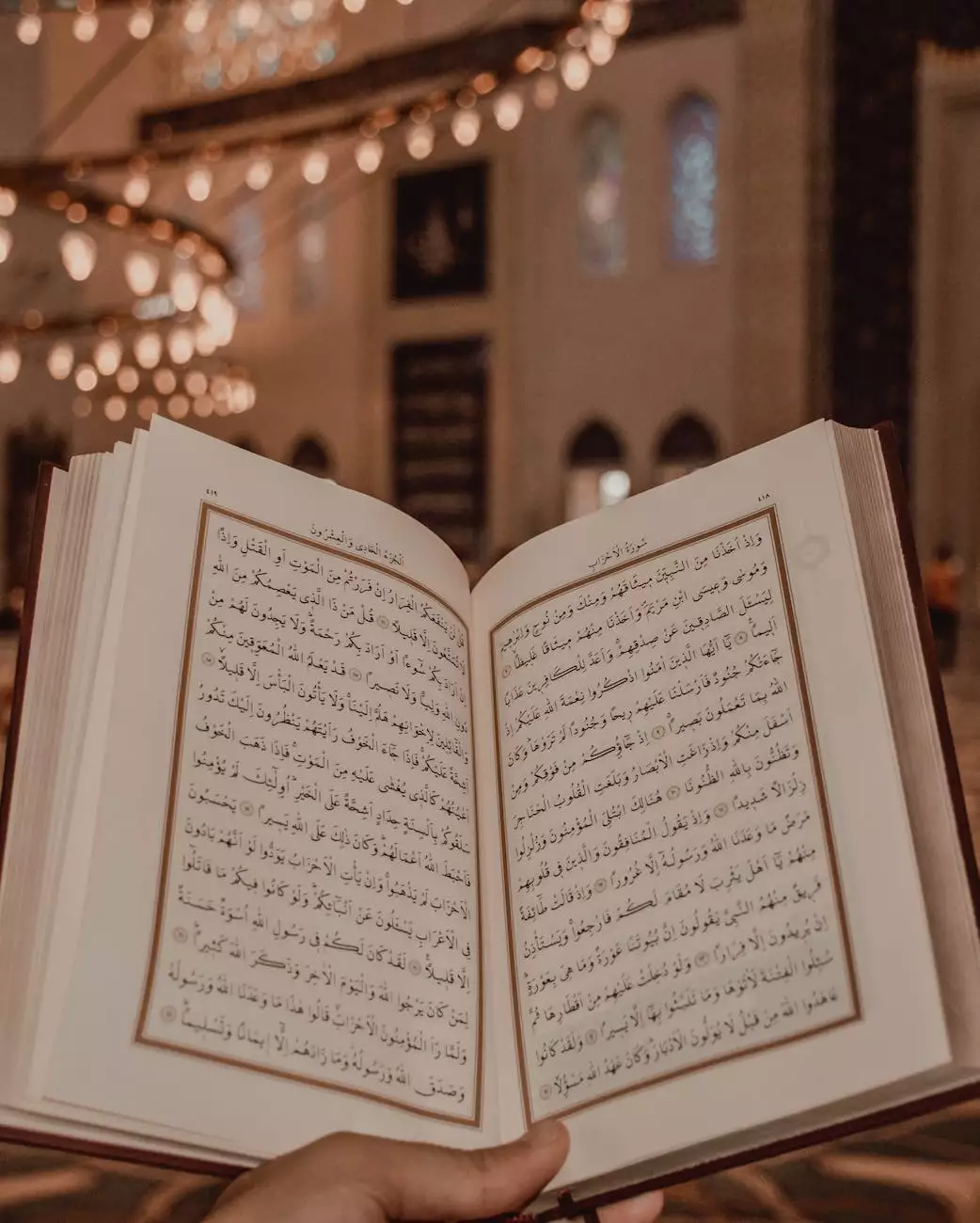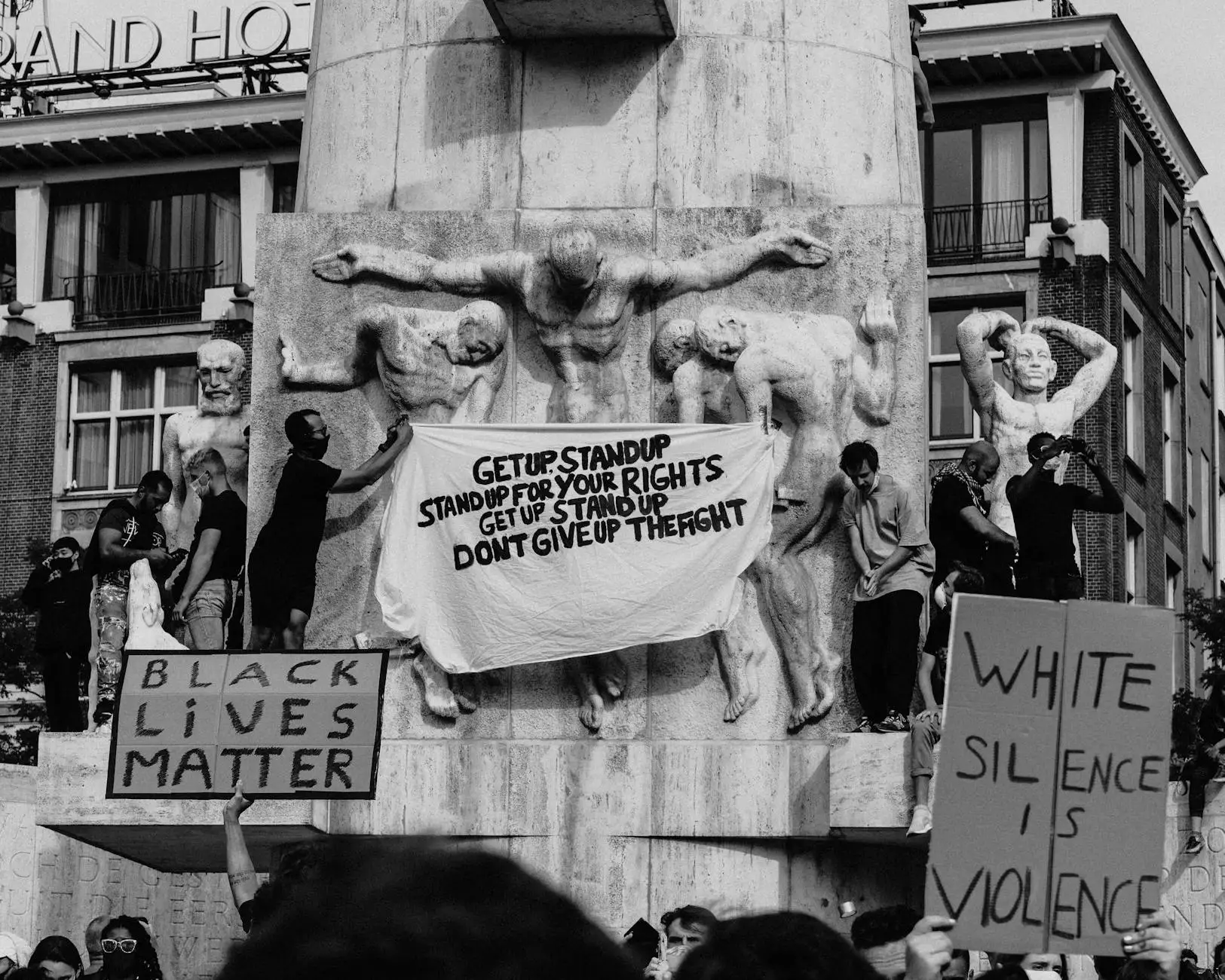Large Scale French Graffiti
Blog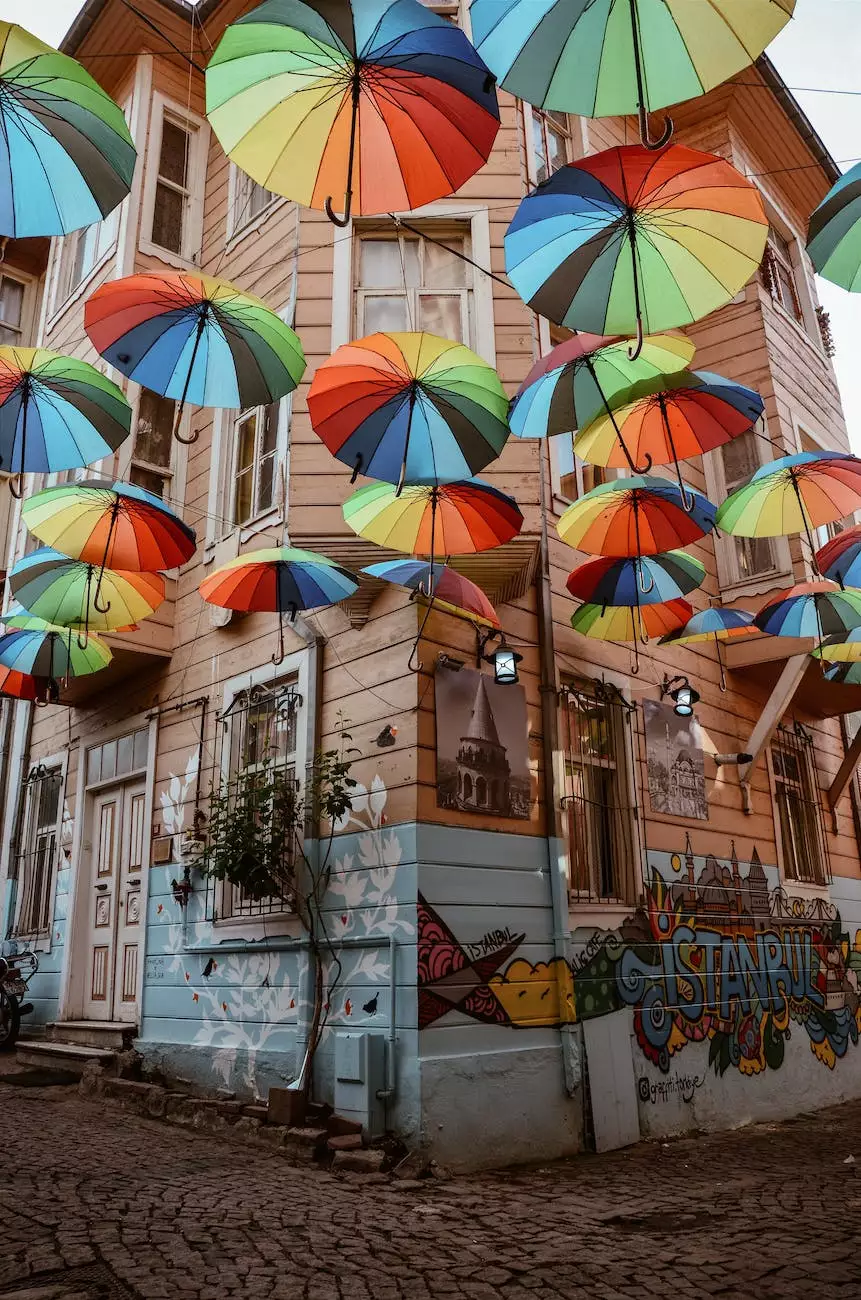
Introduction
Welcome to NJCLT's guide to large-scale French graffiti. In this comprehensive article, we will delve into the fascinating world of this unique form of street art. From its origins to its cultural impact, we will explore it all. Join us on this journey as we dive into the captivating realm of French graffiti!
History of Large Scale French Graffiti
Graffiti, as an art form, has a rich history dating back many years. In France, it has evolved from its roots in political protests and underground movements to become a prominent feature of urban landscapes. Large-scale French graffiti has gained international recognition for its intricate designs, vibrant colors, and captivating storytelling.
Rise of Graffiti in France
In the late 1960s, political and social upheavals sparked a wave of artistic expression throughout France. As marginalized communities sought to voice their concerns, graffiti emerged as a powerful medium for self-expression. Artists began using public spaces, such as walls and train stations, as their canvases.
Influence of French Culture
French culture has played a significant role in shaping the aesthetics of large-scale graffiti. The country's rich history, literature, and iconic landmarks have inspired artists to incorporate uniquely French elements into their works. From the elegant curves of Art Nouveau to the geometric patterns of Cubism, French graffiti reflects the diversity and creativity of the nation.
Techniques and Styles
Large-scale French graffiti encompasses a wide range of techniques and styles. From bold lettering to intricate stencils, each artwork tells a visual story. Let's explore some of the most notable techniques employed by French graffiti artists:
Wildstyle
Wildstyle is a complex and highly stylized form of graffiti characterized by interlocking letters, arrows, and abstract shapes. French artists have mastered this technique, pushing the boundaries of letter manipulation and creating visually stunning compositions.
Muralism
Muralism has gained popularity in recent years, as artists have started using large walls and building facades as their canvas. Through carefully planned compositions and meticulous detailing, French graffiti muralists transform ordinary spaces into vibrant works of art that captivate viewers and breathe life into urban environments.
Stencil Art
Stencil art has become synonymous with French graffiti, thanks to the pioneering work of artists such as Blek le Rat and Jef Aérosol. By using stencils, artists can quickly reproduce intricate designs, enabling them to create large-scale works with impressive detail and precision.
Cultural Impact
Large-scale French graffiti has had a profound cultural impact, transcending traditional notions of art and engaging diverse audiences. Its ability to communicate social and political messages, celebrate cultural heritage, and beautify public spaces makes it a powerful form of artistic expression.
Street Art Festivals
France is renowned for hosting vibrant street art festivals, attracting talented artists from around the world. These festivals serve as platforms for collaboration, experimentation, and the celebration of urban art. They bring together communities, promote dialogue, and showcase the transformative power of large-scale graffiti.
Tourism and Economic Growth
The allure of large-scale French graffiti has not gone unnoticed by tourists and art enthusiasts. Cities such as Paris, Lyon, and Marseille have embraced this art form, transforming once neglected areas into tourist attractions. Street art tours, galleries, and cultural events centered around graffiti have contributed to local economies and urban revitalization.
Conclusion
Large-scale French graffiti is an exciting and ever-evolving form of artistic expression. Its deep roots in French culture, coupled with the technical prowess of its artists, have solidified its position as a formidable force in the world of street art. By embracing both tradition and innovation, French graffiti continues to push boundaries, captivate audiences, and shape the cultural landscape.

